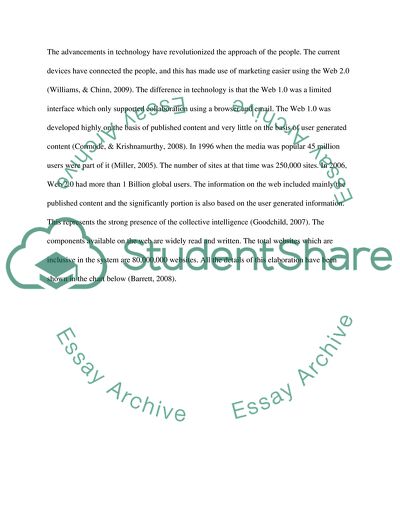Cite this document
(Digital Content and Related Issues Report Example | Topics and Well Written Essays - 2000 words - 1, n.d.)
Digital Content and Related Issues Report Example | Topics and Well Written Essays - 2000 words - 1. https://studentshare.org/information-technology/1805685-web-20-digital-content-and-related-issues
Digital Content and Related Issues Report Example | Topics and Well Written Essays - 2000 words - 1. https://studentshare.org/information-technology/1805685-web-20-digital-content-and-related-issues
(Digital Content and Related Issues Report Example | Topics and Well Written Essays - 2000 Words - 1)
Digital Content and Related Issues Report Example | Topics and Well Written Essays - 2000 Words - 1. https://studentshare.org/information-technology/1805685-web-20-digital-content-and-related-issues.
Digital Content and Related Issues Report Example | Topics and Well Written Essays - 2000 Words - 1. https://studentshare.org/information-technology/1805685-web-20-digital-content-and-related-issues.
“Digital Content and Related Issues Report Example | Topics and Well Written Essays - 2000 Words - 1”. https://studentshare.org/information-technology/1805685-web-20-digital-content-and-related-issues.


